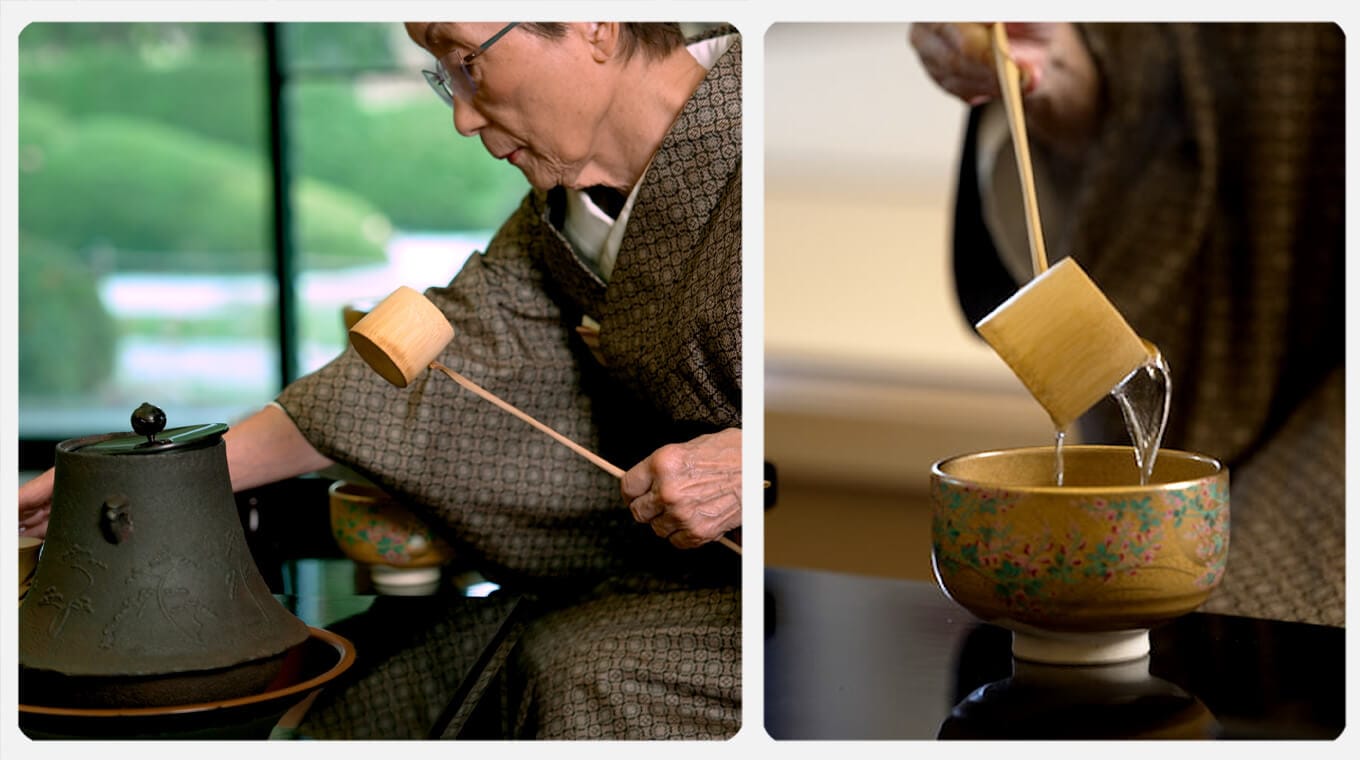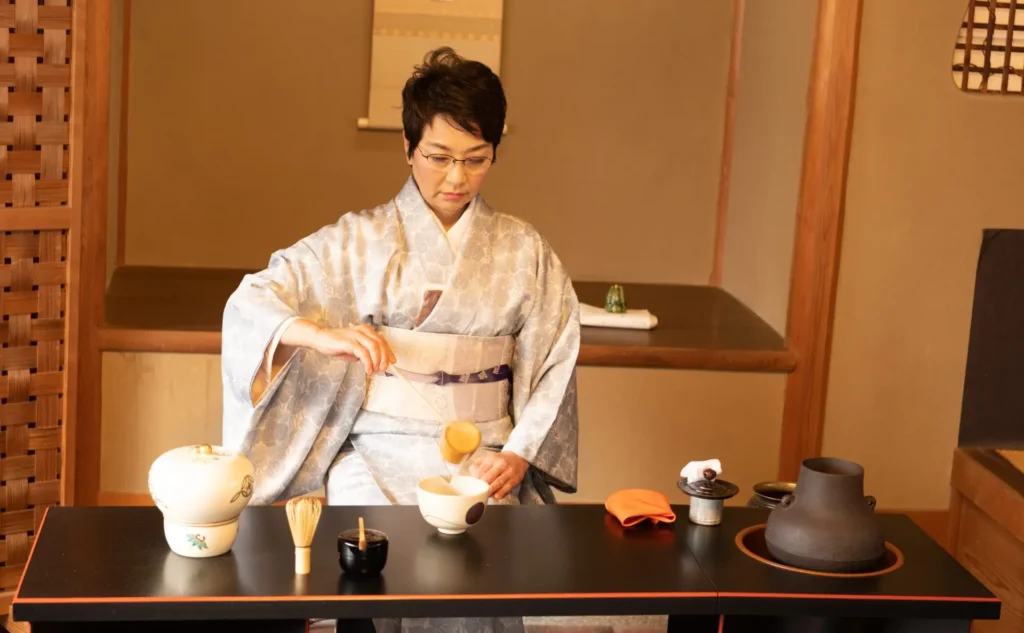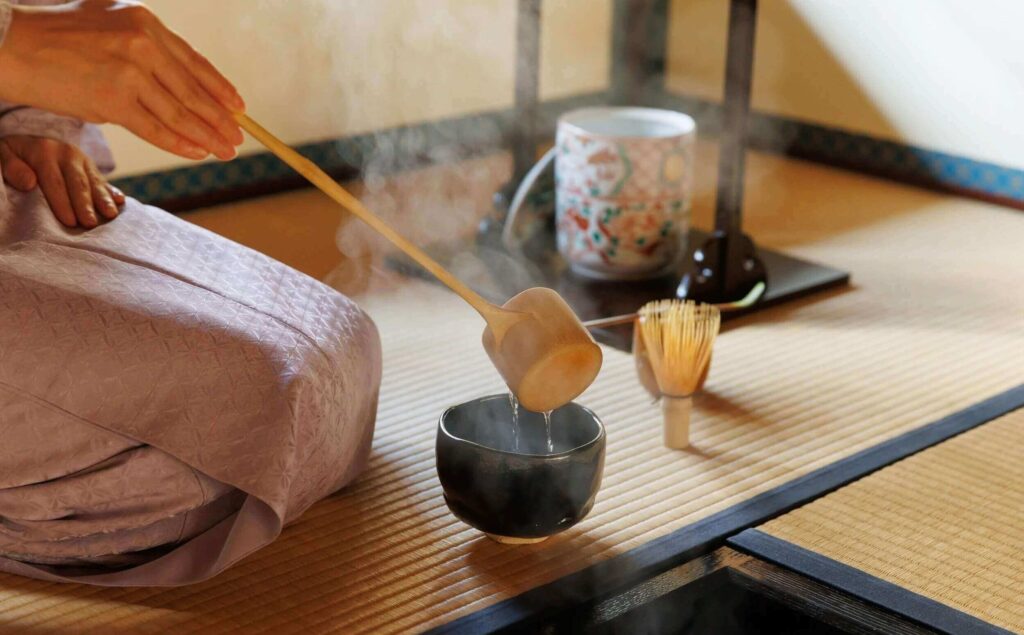The Japanese tea ceremony is one of the most iconic cultural traditions in Japan, blending hospitality, aesthetics, spirituality, and mindfulness into a single experience. Known as chanoyu, sado, or chado, this practice is far more than just drinking tea it is a way of appreciating harmony, respect, purity, and tranquility.
For centuries, the Japanese tea ceremony has been regarded as both an art form and a spiritual discipline. Participants do not simply consume tea; they immerse themselves in an atmosphere of simplicity and grace, where every gesture carries deep meaning.
Whether you are visiting Japan or attending a cultural workshop abroad, understanding the basics of the Japanese tea ceremony will help you appreciate the ritual in its fullest sense.
From its origins to the tools used, and from symbolic gestures to lessons for daily life, this guide offers insights into what makes the ceremony so unique.
Japanese Tea Ceremony: Origins And Cultural Significance
The Japanese tea ceremony has its roots in the introduction of tea to Japan from China during the 9th century. Initially consumed by Buddhist monks to aid meditation, tea eventually became a staple of aristocratic gatherings.
By the 15th and 16th centuries, the practice had evolved into a highly ritualized event influenced by Zen Buddhism. One of the most important figures in shaping the Japanese tea ceremony was Sen no Rikyū, a tea master who emphasized simplicity, humility, and the beauty of imperfection.
His philosophy established the core principles of the ceremony: harmony (wa), respect (kei), purity (sei), and tranquility (jaku). These values still guide the ritual today.
Beyond being a method of preparing and serving tea, the Japanese tea ceremony embodies a cultural philosophy.
It reflects Japan’s appreciation for nature, its focus on mindfulness, and its ability to find beauty in modest, everyday objects. Attending a ceremony allows participants to step away from the distractions of modern life and enter a space of peace and reflection.
Preparing The Tools And Space For The Ritual
A Japanese tea ceremony requires meticulous preparation, not only of the tea itself but also of the environment and tools.
The ceremony usually takes place in a special tea room known as a chashitsu, designed with simplicity and natural materials such as bamboo, wood, and rice paper. Guests often enter through a small door, symbolizing humility and equality.
The essential tools used in the Japanese tea ceremony include:
Chawan (tea bowl): A handcrafted bowl used to drink matcha. Each bowl is unique, emphasizing wabi-sabi, the beauty of imperfection.
Chasen (bamboo whisk): A finely crafted whisk used to mix matcha powder with hot water.
Chashaku (tea scoop): A bamboo scoop that measures the precise amount of matcha.
Natsume or Chaire (tea container): A container that stores the matcha powder.
Fukusa (silk cloth): A cloth used for ritual cleaning of the tools.
Each item has symbolic meaning. For instance, the act of carefully cleaning tools during the Japanese tea ceremony is not just for hygiene but also represents purification and respect.
The tea garden (roji) is another essential element. Guests typically pass through this tranquil space before entering the tea room, leaving behind the noise of the outside world. This symbolic transition helps them prepare mentally for the ritual.
Japanese Tea Ceremony: Step-By-Step Guide To The Process
The Japanese tea ceremony unfolds through a series of carefully choreographed steps. While variations exist depending on the style and season, the core process usually follows this sequence:
Welcoming Guests: Guests enter the tea room, bow to the host, and admire the décor, which may include a hanging scroll or seasonal flower arrangement.
Purification Rituals: The host cleans each tool methodically in front of the guests, symbolizing both physical and spiritual purity.
Preparing The Tea: The host scoops matcha into the chawan using the chashaku. Hot water is added, and the tea is whisked with the chasen until a smooth, frothy consistency forms.
Serving The Tea: The first bowl is presented to the guest of honor, who bows in gratitude, rotates the bowl to show respect, and drinks in small, mindful sips. The bowl is then admired before being returned.
Sharing With Others: Subsequent guests are served in turn, with each person following the same etiquette. Conversation is minimal, focusing instead on appreciation of the moment.
Every movement in the Japanese tea ceremony is intentional, from the way the host kneels to how the guest lifts the bowl. The pace is slow and deliberate, allowing all participants to embrace mindfulness and respect.
Symbolism And Aesthetic Elements In Tea Presentation
A defining feature of the Japanese tea ceremony is its emphasis on symbolism and aesthetics. Unlike ordinary gatherings, the ritual highlights the beauty of simple, natural elements.
The tea bowl, for example, is often rustic and imperfect, representing wabi-sabi, the philosophy of finding beauty in imperfection. Seasonal motifs may be reflected in the utensils, decorations, or even the sweets served before the tea.
Each detail, from flower arrangements to the choice of scroll in the alcove (tokonoma), is carefully selected to enhance the overall experience. The presentation of tea in the Japanese tea ceremony goes beyond taste.
It is about harmony between host and guest, the balance of textures, and the subtle aesthetic pleasure of using handcrafted objects. The silence and gestures add layers of meaning, reminding participants that even the smallest actions can carry great significance.
Moreover, the symbolism extends to the physical environment. The transition through the tea garden, the act of bowing, and the ritualistic cleaning all represent humility, renewal, and awareness. This combination of aesthetic and symbolic elements transforms the ceremony into a holistic cultural and spiritual experience.
Japanese Tea Ceremony: Lessons For Mindfulness And Daily Life
Participating in a Japanese tea ceremony provides lessons that extend far beyond the tea room. At its core, the ritual emphasizes mindfulness the ability to live fully in the present moment. Every step, from whisking the tea to taking a sip, encourages participants to slow down and appreciate life’s simple details.
One lesson is the value of simplicity. By focusing on natural materials and modest utensils, the ceremony teaches that beauty does not require extravagance. This philosophy can inspire people to embrace minimalism and find joy in everyday objects.
Another lesson is respect. The etiquette observed during the Japanese tea ceremony bowing, handling utensils carefully, and expressing gratitude reminds us to treat others with dignity and kindness in our daily interactions.
Finally, the principle of harmony promotes balance between people and nature. From the seasonal decorations to the quiet setting, the ceremony demonstrates how aligning with natural rhythms brings peace.
Guests leave the ritual not just refreshed by tea but renewed in spirit, carrying forward mindfulness into daily routines.
See you in the next post,
Anil UZUN


